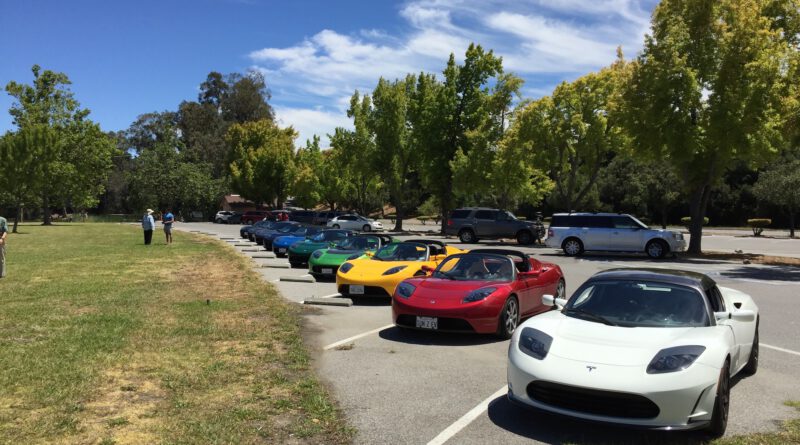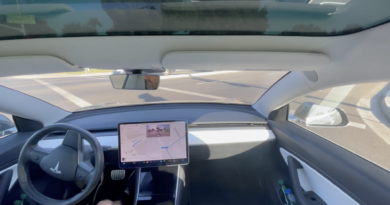The EV Revolution With Announcement
The CleanTechnica blog with Max Holland, who has been following the sales figures of various powertrains in the automotive industry very closely for years, published the figures for December 2022 in its last blog entry, also discussing the development in Germany in more detail. And the share of battery electric vehicles (BEVs) was 33.2 percent, In comparison, the figures for December 2021 were 21.3 percent, an increase of 50 percent.
At the same time, the proportion of internal combustion engines is falling. Diesel and gasoline engines together account for only one third of new registrations, while plug-in hybrids account for 22.2 percent. If you compare the shares of all drive types for passenger cars over the years, you can see the change very clearly. While fossil fuel vehicles still accounted for 90 percent of all new registrations in 2019, they now account for less than a third.
Of the 2.65 million newly registered passenger cars in Germany, a total of 470,559 were BEVs. Audi sold 118,196 BEVs worldwide, a 44.7 percent increase over the previous year. At BMW, of 2,399,636 vehicles sold worldwide, 215,755 were BEVs. At Mercedes, of 2,043,900 cars sold worldwide, 117,800 were BEVs. Volkswagen delivered 330,000 all-electric cars worldwide. While the shares of the total figures for these manufacturers are still in the single-digit or just under double-digit percentages, the trend is clear: the shares are rising.
The view since 2019 reveals how quickly the change is now taking place. On the basis of this diagram, it can be predicted that by the end of 2023 or the beginning of 2024, BEVs will account for more than 50 percent of new registrations in Germany. By 2025, more than three quarters of new registrations will be BEVs. Tax incentives certainly have an influence here – after all, the tax rebate on the purchase of BEVs fell by a quarter with the new year – but as the figures in Norway show, lower tax incentives do not stop the general trend toward electric cars. In Norway, the switch to BEVs is almost complete.
Statistics on the most popular vehicles also clearly show the trend toward BEVs. New brands are starting to dominate. In Europe, the Tesla Model Y was the best-selling car. Not just among electric cars, but among all powertrains. In Germany, the Model Y followed by the Model 3 were at the top of all electric car sales, and that was even though the new Tesla factory in Berlin was still ramping up production.
In the U.S., too, the Tesla Model Y was the first all-electric car to make it into the top 10 best-selling cars. The Model Y landed in sixth place with 2525,000 vehicles.
Predicted for years, we are now clearly seeing the automotive landscape change at a whizzing pace. Norway is showing us where the future is heading. This is also making it increasingly difficult for supporters of “technology openness” to justify it and the associated costs.
The conversion of the powertrain is only the first of two revolutions on the way. With autonomous driving, the next one is in the starting blocks. The situation here is like it was with electric cars around 2017. People saw it, but paid little attention to it and saw this technology as hype that would go away again. With electric cars, this opinion has now turned into the opposite. Electric cars are here to stay and will dominate. We will see a similar development with autonomous driving.
This article was also published in German.



